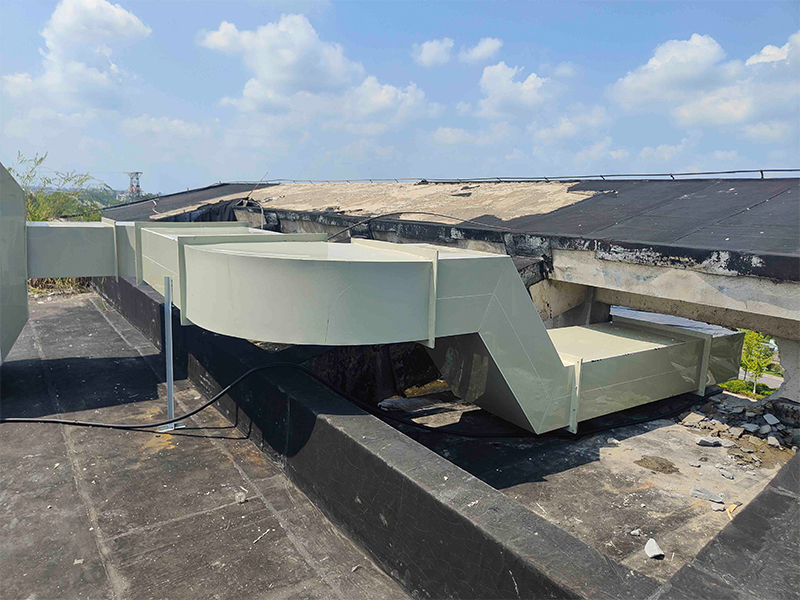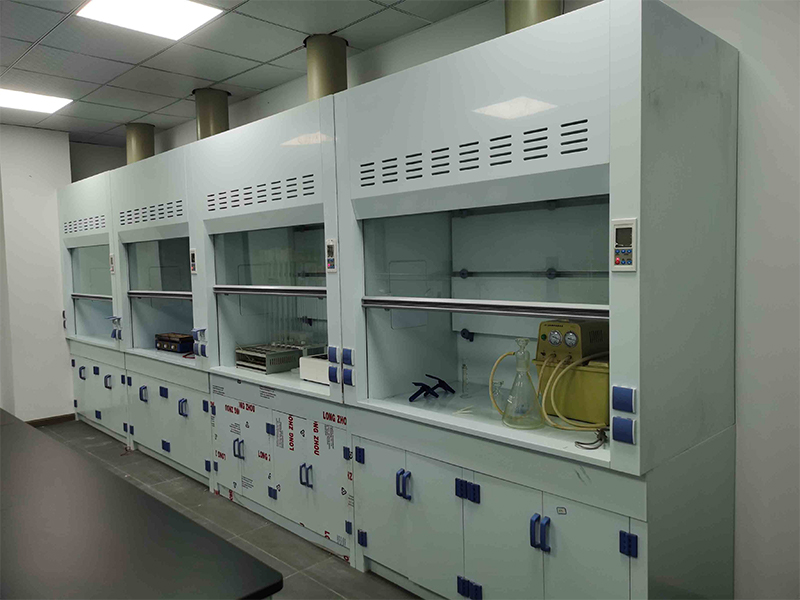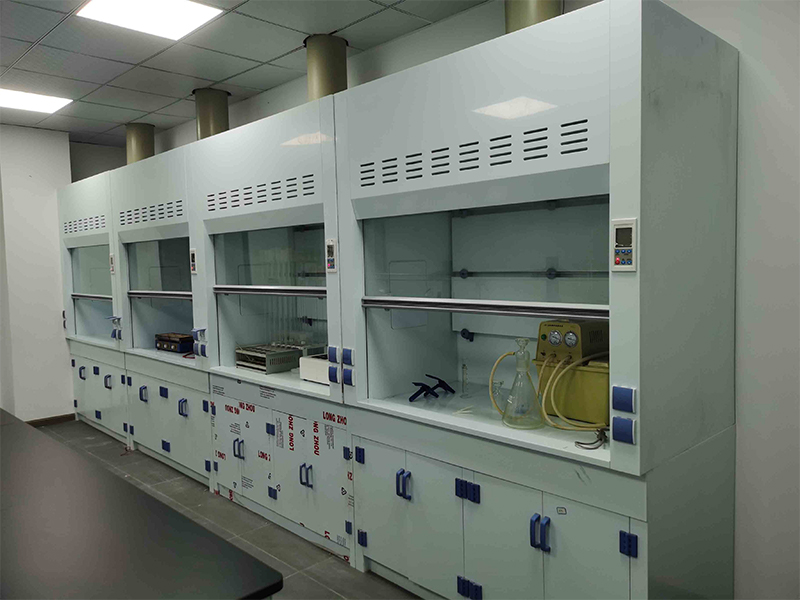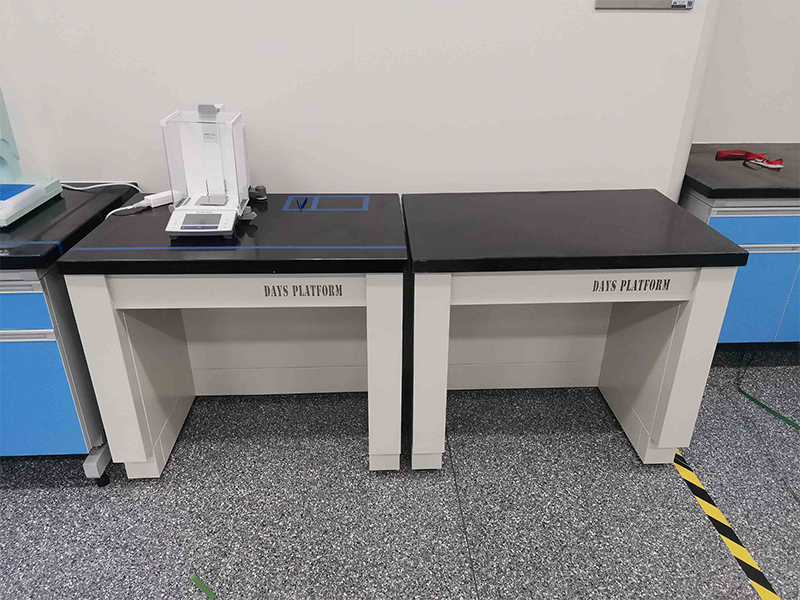Picture this: your lab, but with a superhero cape. That’s basically what you get when you ditch those old-school, power-guzzling fume hoods for something with brains and brawn. Seriously, regular hoods are like the gas-guzzling SUVs of the science world—loud, expensive, and stuck in the past. But energy-efficient hoods? Total game-changers.
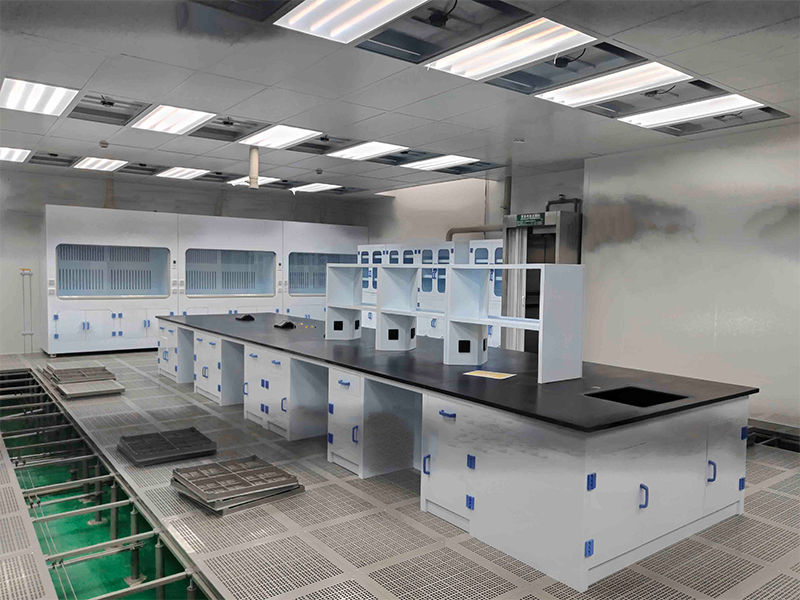
Let’s talk Variable Air Volume (VAV) systems. Imagine if your lab hood actually listened to you—crack the sash a little, and it chills out; open it wide and it kicks into gear. It’s like the difference between blasting music for an empty room and playing it just right for a party. Result? Up to 40% less spent on air nobody’s even breathing. That’s money back in your grant fund, or, I don’t know, more money for pizza Fridays.
Now, low-face velocity hoods—these are the cool, laid-back cousins. They keep things safe without turning your workspace into a wind tunnel. Less noise, more comfort, and your experiments don’t get blown off the table. Win-win.
But here’s the sneaky secret: the humble sash. Just shutting it when you’re done is one of the best power moves you can make. Some labs even have auto-closing sashes because, let’s be real, sometimes your brain’s on autopilot (especially after three hours pipetting). It’s a tiny change that stacks up to big savings.
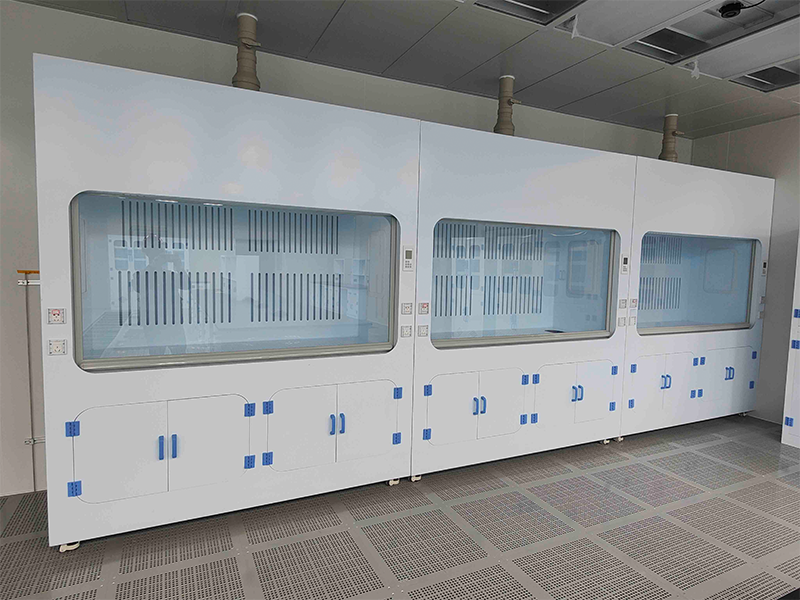
Oh, and about materials—modern hoods are basically built to survive the apocalypse. Tough, chemical-resistant, and ready for whatever wild experiments you throw at them. They also play nice with all the latest tech, so your safety game stays strong.
At the end of the day, sustainability isn’t just about hugging trees—it’s about future-proofing your lab, saving your wallet, and maybe even getting a nod from the boss for being eco-savvy. Energy-efficient fume hoods? They’re not just equipment—they’re your lab’s new secret weapon.

